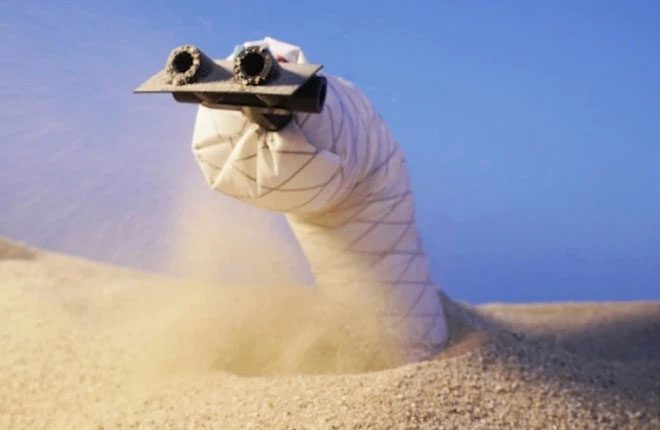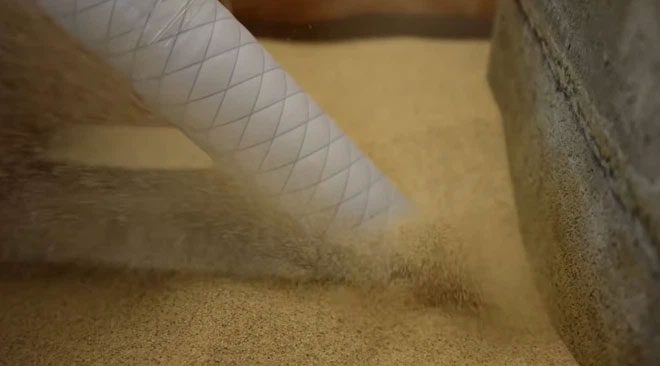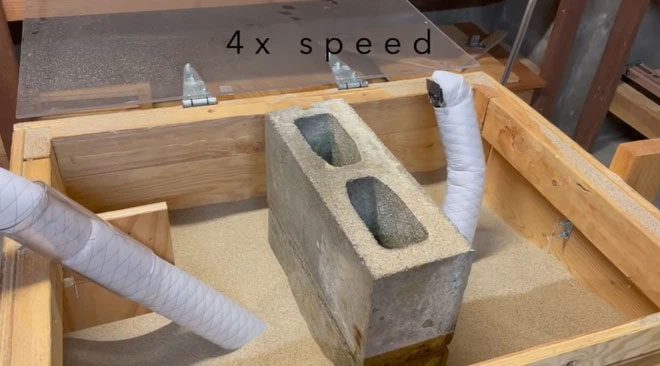Robots excel at exploring land, sea, sky, and space, but navigating underground is not an easy task. However, engineers at the University of California, Santa Barbara (UCSB) and the Georgia Institute of Technology have developed a snake-like robot that employs a variety of methods to dig through sand or soft soil.
Snakes have long been a source of inspiration for many robotic designs. Thanks to their relatively simple and flexible movements, they have inspired the creation of robots that can explore environments such as sand dunes, ocean floors, pipelines, nuclear power plants, and even the human body.

The soft robot can now move by “growing” from its head.
Of course, the biggest barrier here is friction, which is much greater when in contact with soil, even in easily movable granular materials like sand and dirt, compared to water or air. Nevertheless, the UCSB and Georgia Tech team has developed a robot that can tackle this problem in several ways.
The new design of the soft robot can move by “growing” from its head, similar to a climbing plant. This has benefited its underground adventures as the tip is the only moving part, resulting in much lower friction than the entire body of the robot. To aid in its movement, a device has been attached to the robot’s head to blow air in front of it, pushing sand aside to clear a path.

This snake-like robot helps explore environments such as sand dunes, ocean floors, pipelines…
However, there is another challenge: while moving horizontally through sand, the robot tends to rise until it surfaces. This is a fundamental principle due to the lower pressure from a small amount of sand above the robot compared to the pressure from the compacted sand below it.
To address this issue, the research team designed a robot that also blows air downward to reduce friction. Adding a wedge at the front of the robot, inspired by a sandfish lizard, further contributes to its maneuverability.

It can avoid obstacles by twisting or diving into the sand and surfacing on the other side.
As a result, the researchers have created a small robot that can move relatively easily through dry, granular materials. It can avoid obstacles by twisting and turning like a snake or diving into the sand and surfacing on the other side.
The research team states that this design could be useful for tasks such as soil sampling, installing underground pipelines, and cables.
The study has been published in the journal Science Robotics, and you can see the snake robot in action in the video below:
Introducing the snake robot capable of moving through sand and soil.


















































